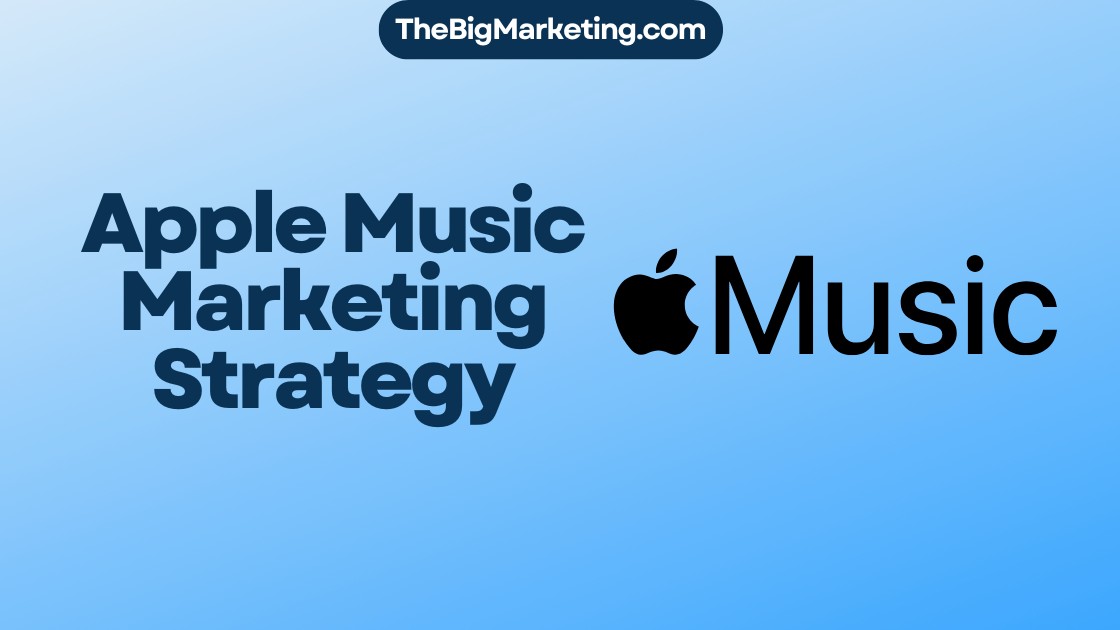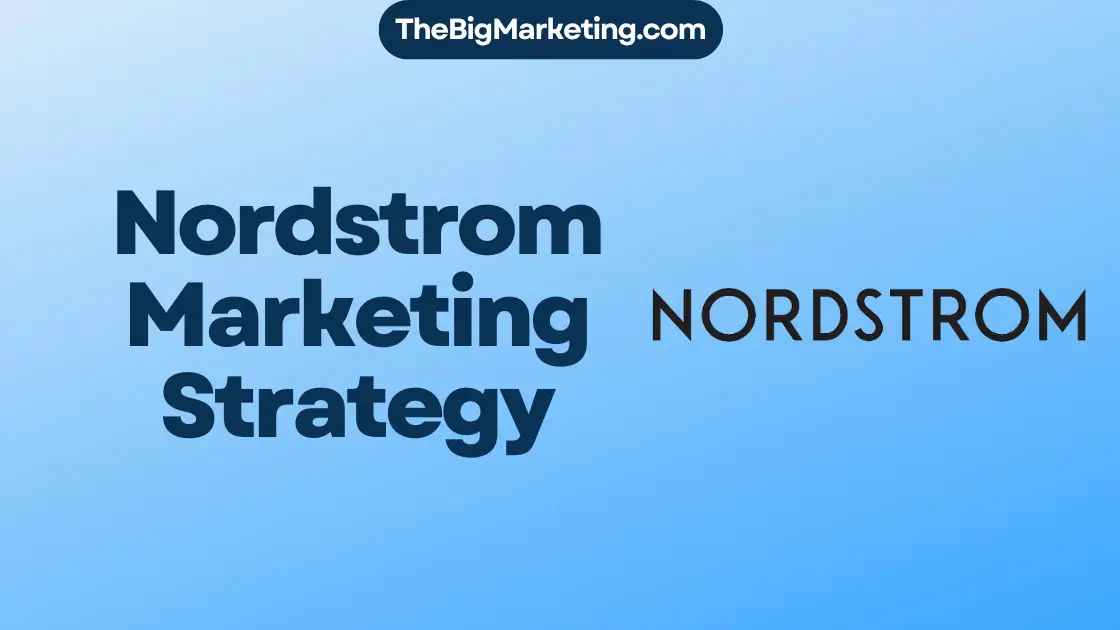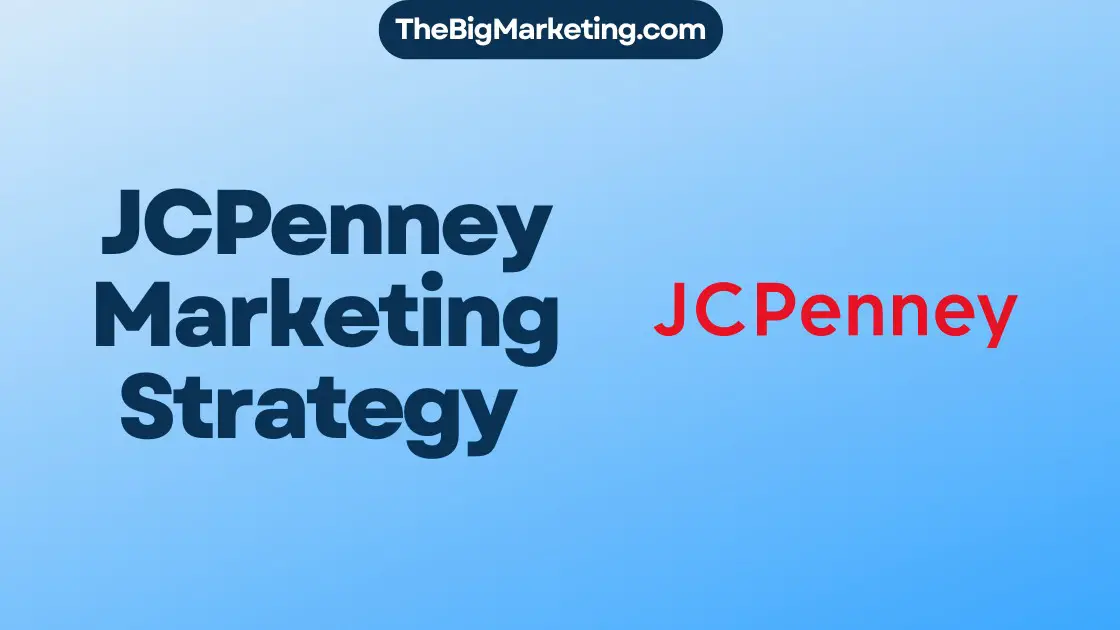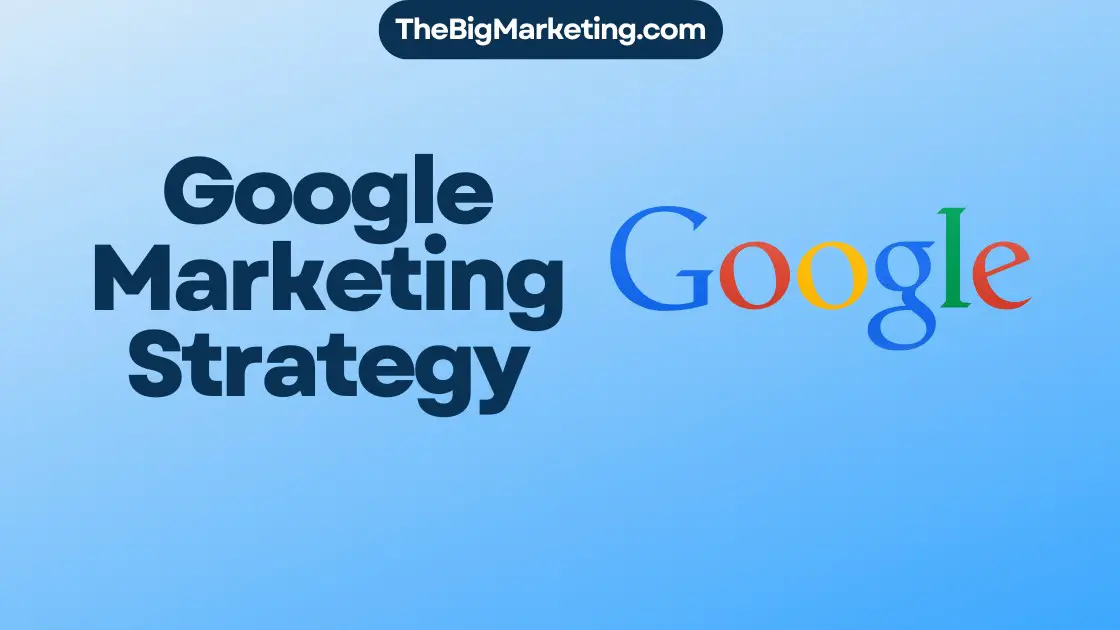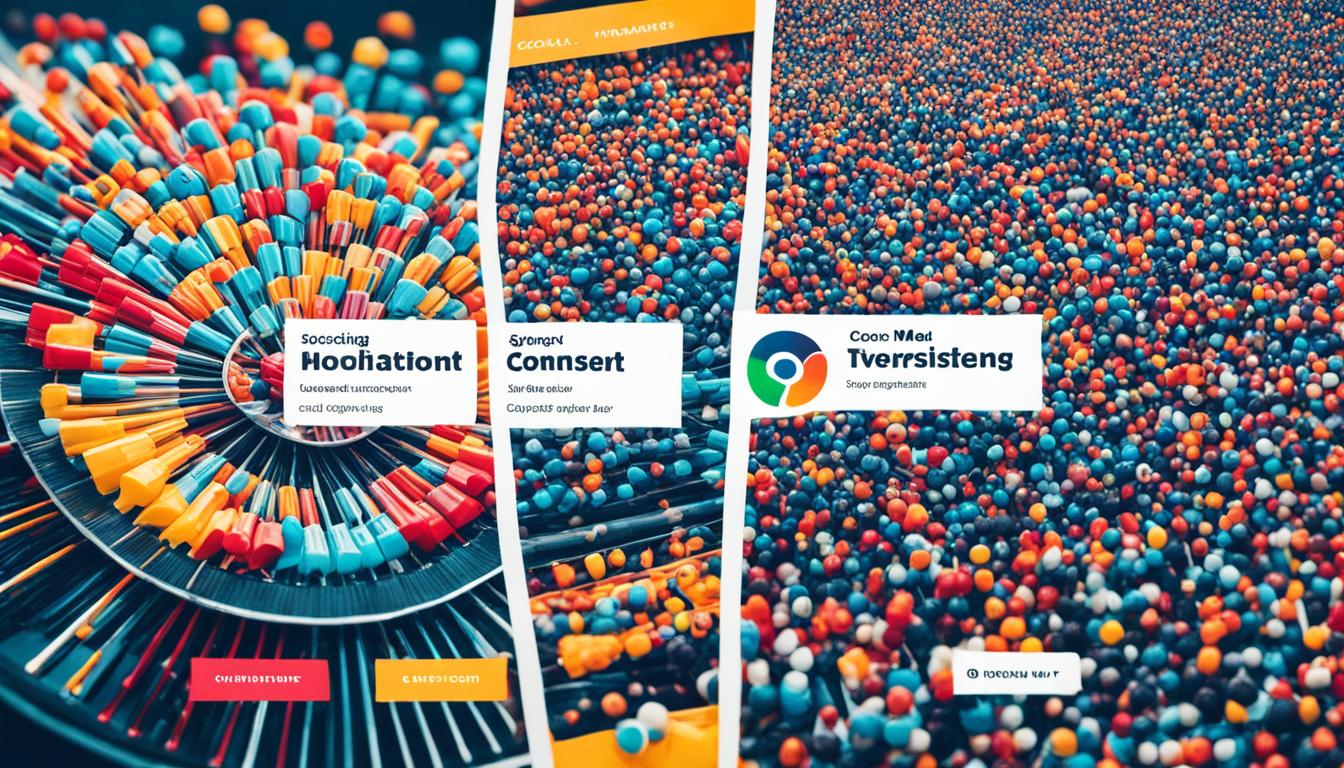Fitbit started in 2007 and quickly became a top name in wearable tech. Its mix of fitness trackers and smartwatches have gained popularity. Key to its rise is its marketing strategy, which blends clever ads, brand boosting, and strong online presence.
The company has nailed digital marketing, targeting its audience well. Fitbit has become a go-to for health and fitness enthusiasts, thanks to solid SEO and social media work. This approach has built a devoted community. Users turn to Fitbit to help reach their fitness aims.
One standout effort is Fitbit’s “Find Your Reason” campaign. It’s known for its powerful stories and interactive elements. This move has deepened user bonds with the brand, creating a tight-knit user base.
We’ll dive into Fitbit’s marketing strategy, looking at its ads, branding, and web campaigns. We’ll see how Fitbit made its mark and the hurdles it faces in a crowded wearable tech scene.
- Fitbit has established itself as a leader in the wearable tech industry through its effective marketing strategy.
- Digital campaigns, SEO strategy, and social media marketing play a crucial role in Fitbit’s marketing efforts.
- The “Find Your Reason” campaign has been instrumental in creating an emotional connection with Fitbit users and fostering a supportive community.
- Fitbit faces challenges in maintaining authenticity, balancing product focus, and quantifying the success of its marketing campaigns.
- To stay ahead in the market, Fitbit must continue to innovate, appeal to new markets, and differentiate itself from competitors.
Fitbit’s Evolution into a Comprehensive Health and Wellness Ecosystem
Fitbit started as a simple step counter. Now, it’s a full health and wellness system. It offers many products like fitness trackers and smartwatches to meet different needs.
The Fitbit app works well with these devices. It gives users helpful info on their health journey. With it, you can get custom coaching, sleep and heart rate data. This helps users make good health choices.
Fitbit now has virtual contests. People can compete with others anywhere. This makes exercise fun and social. Users can also join a supportive community. There, they can share their wins, get advice, and be inspired.
Fitbit also provides custom health insights. It uses your data and goals to do this. This helps users understand their health better and meet their goals.
In short, Fitbit has grown into a key player in health and wellness. It offers various products, a useful app, custom coaching, online contests, and community support. Fitbit motivates people towards a healthier life.
Fitbit’s “Find Your Reason” Marketing Campaign
Fitbit launched the “Find Your Reason” campaign, sharing real stories of health triumphs. It connected emotionally with its audience. This created a supportive community feeling.
This campaign urged people to share their fitness reasons on social media. It built an interactive space for engagement. By showcasing the journey to fitness, it drew more people to join Fitbit’s mission.
It also played a key role in building community. Fitbit users could share their stories and support each other. This helped strengthen the bond between Fitbit and its users.
The Impact of Fitbit’s “Find Your Reason” Campaign
The “Find Your Reason” campaign was a hit due to its compelling storytelling. It showed how Fitbit changes lives. This widened its appeal and boosted brand love.
Its focus on community and interactive participation spiked user engagement. Real stories from users highlighted the difference Fitbit makes. This motivated many to start their fitness journey.
This campaign didn’t just share personal wins. It showed Fitbit’s larger societal impact. It underlined Fitbit’s commitment to enhancing well-being and igniting positive change.
The “Find Your Reason” campaign was remarkable for its engagement and emotional appeal. It affirmed Fitbit’s leadership in the wearable tech market.
Execution of the “Find Your Reason” Campaign
Fitbit launched the “Find Your Reason” campaign across various channels. They used social media and their blog to reach many people. This ensured everyone saw and could engage with the campaign.
The campaign’s heart was its documentary-style stories. Short videos featured real Fitbit users overcoming health challenges. These stories helped viewers emotionally connect and find motivation.
Additionally, the campaign encouraged sharing on social media with #MyReasonIs. This urge to share created a community vibe. It meant users could display their fitness journeys and achievements.
The Power of User-Generated Content
User stories were central to the campaign’s impact. Fitbit users saw their journeys in others’ stories and got involved. By sharing their health goals, they expanded the Fitbit circle. This highlighted the brand’s positive effect.
This sharing built trust and authenticity around Fitbit. Real user stories on social media acted like testimonials. They showed real results and emotional changes from using Fitbit.
A Closely Knit Fitbit Community
The “Find Your Reason” campaign created a tight-knit fitness community. It gave users a place to connect, share, and support one another. This camaraderie went beyond the online space.
Building this community helped Fitbit earn lasting loyalty and support. Highlighting real user success and inviting participation, Fitbit fostered a network. This network promoted mutual support, inspiration, and success.
| Fitbit Campaign Channels | Fitbit Documentary-Style Storytelling | Fitbit Social Media Integration | Fitbit Community Building | Fitbit User-Generated Content |
|---|---|---|---|---|
| Short videos showcasing real Fitbit users | Encouraging viewers to share their reasons on social media | Creating a sense of community among users | Sharing user stories as powerful testimonials | |
| Engaging storytelling to inspire viewers | Using hashtag #MyReasonIs to drive user participation | Promoting accountability and motivation | Fostering authenticity and trust | |
| Instagram, Pinterest | Visual content showcasing transformation journeys | Showcasing user stories for inspiration | Creating a supportive community for users | Encouraging user-generated content for amplification |
| YouTube | Compelling video stories of Fitbit users | Driving engagement and subscriptions | Building a closely knit Fitbit community | Using user content as a source of inspiration |
| Fitbit’s Blog | Feature articles on user success stories | Encouraging readers to share their own experiences | Promoting a sense of belonging | Transforming users into brand advocates |
Analysis of the “Find Your Reason” Campaign
The “Find Your Reason” campaign was a huge success for Fitbit. It led to a big jump in sales and lots of user activity. In the first quarter, Fitbit’s revenue soared by 50% compared to the previous year. This shows how well their marketing worked.
Also, over 1 million Fitbit devices were set up in the first month alone. This shows many people were drawn to the campaign.
On social media, the campaign got a lot of attention, with over 100 million shares about Fitbit achievements. This helped spread the word about Fitbit, making it well-known among fitness fans. The campaign shared stories of how Fitbit changes lives, creating a deep emotional bond. It built a supportive Fitbit community.
Campaign Success Metrics:
| Success Metrics | Results |
|---|---|
| Revenue Growth | 50% increase year-over-year |
| Device Activations | Over 1 million in the first month |
| Social Media Shares | Over 100 million related to Fitbit accomplishments |
| Brand Awareness | Significant increase among target audience |
The “Find Your Reason” campaign really showed off Fitbit’s skills. They got their message out, reached their audience, and achieved great things. Fitbit used stories and user reviews to show how their products can transform health and well-being. They also focused on creating a community, which fits with their goal to help people on their fitness paths.
This campaign has secured Fitbit’s spot as a top name in wearable tech. It has led to more brand awareness, more users, and higher sales. The marketing strategy clearly struck a chord, underscoring the power of connecting personally and staying motivated in fitness.
Challenges and Lessons Learned from the “Find Your Reason” Campaign
The “Find Your Reason” campaign had several hurdles. These included keeping it real, balancing product focus, and measuring success. Each challenge taught Fitbit valuable lessons for the future.
Authenticity
This campaign wanted to share real Fitbit user stories. This approach made Fitbit’s message more genuine. But, it was tricky to pick and produce stories that felt sincere and relatable. Fitbit worked hard not to seem fake while showing inspiring stories.
Product Focus
The campaign used storytelling to connect with people. But, some viewers were unsure about the products’ features. Finding a balance between talking about the products and telling engaging stories was essential. Highlighting product benefits while keeping stories interesting was key.
Quantifying Success
Measuring the success of storytelling is tough. Fitbit used social media engagement and brand sentiment as indicators. However, pinpointing the exact impact of storytelling on emotions and brand was hard. Suitable metrics to measure success were challenging to find.
Despite these challenges, Fitbit learned a lot. User stories are powerful in making an emotional bond with people. For its next campaigns, Fitbit will focus more on blending product promotion with storytelling. It also learned the importance of staying true to its audience from the “Find Your Reason” campaign.
Fitbit’s Strategic Objectives and Challenges
Fitbit is a top name in wearable tech, aiming to keep its edge in the market. It focuses on the needs of its main users.
Fitbit wants to be seen as a high-end brand. It offers fresh features, the latest technology, and great user experiences. This way, it draws in users who want quality and dependability.
Yet, Fitbit is up against tough competition. Many companies like Garmin, Xiaomi, and Apple are also in the race. To stay ahead, Fitbit must keep innovating. It needs to invest in new developments.
Buyers also challenge Fitbit. They have lots of fitness trackers to choose from. This means they can push for changes in prices and features. Fitbit has to offer great value and keep its prices competitive.
There’s also the risk of new technologies taking users’ attention. As trends change, Fitbit must update its products. It needs to meet the new wants and needs of its customers.
Market Positioning
Fitbit is all about serving users who want dependable, accurate health tracking. It aims to meet these users’ needs well. This helps Fitbit stand out from its rivals.
Competitors
Fitbit is competing with big names like Garmin, Xiaomi, and Apple. These companies have their own trackers with special features. Fitbit watches these rivals closely to keep its unique position in the market.
Barriers to Entry
Entering the fitness tracker market is easy, making it full of competitors. Fitbit uses its strong brand and tech know-how. This helps it stay ahead and keep new companies from taking a big market share.
Power of Buyers
Buyers hold a lot of power by having many tracker options. Fitbit works hard to understand and meet their needs. It aims to keep its users happy and coming back.
Substitutes
New trends and tech could lead users to other products. Fitbit keeps an eye on these changes. It’s ready to adjust its strategies to stay relevant and appealing.
Fitbit’s Financial Summary and Industry Analysis
Fitbit has shown impressive growth, leading in wearable tech. It beats competitors like Garmin and Jawbone in the market. This success has positioned it well.
Yet, its stock has seen ups and downs. This is because of tough competition from smartwatches and earnings not meeting expectations. These issues have lowered Fitbit’s stock value.
The fitness tracker market is highly competitive. There’s a big fight among brands, plenty of alternatives, and buyers have a lot of say. These challenges mean Fitbit has to be very strategic.
Fitbit needs to use its financial strength and market standing. By innovating and making its products unique, Fitbit can stay on top. It can also enter new market areas to grow.
Staying ahead in the market requires focusing on new trends and customer needs. Fitbit must concentrate on making new products, marketing them well, and reaching into new places.
Fitbit Financial Summary
| Year | Revenue (in millions) | Net Income (in millions) |
|---|---|---|
| 2018 | $1,512 | $-184 |
| 2019 | $1,432 | $92 |
| 2020 | $1,680 | $90 |
The summary shows Fitbit’s revenue rising over three years. Despite a net income drop in 2018, it bounced back. This shows Fitbit’s strong pull in a tough market.
With its good market spot and financial rise, Fitbit looks set for success. By tackling industry issues and seizing growth chances, it remains a top name in wearable tech.
Conclusion
Fitbit’s marketing plan has greatly helped it stand out in the busy wearable tech world. But, to stay on top, Fitbit must overcome some challenges. It needs to keep innovating, reach out to new customers, and set itself apart from rivals.
Fitbit has the resources and knowledge to boost user interest and happiness. It can do this with clever marketing and unique offers. This will keep Fitbit popular with people focused on health and fitness, making sure it remains a top choice.
To keep growing, Fitbit should look into new markets and partnerships. It must also stay up-to-date with the latest tech. By adapting to new trends and technology, Fitbit can continue to grow and succeed in the coming years.
